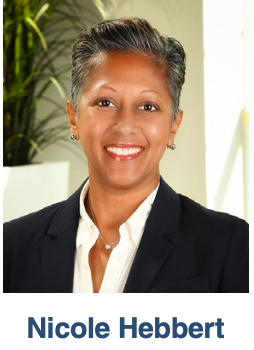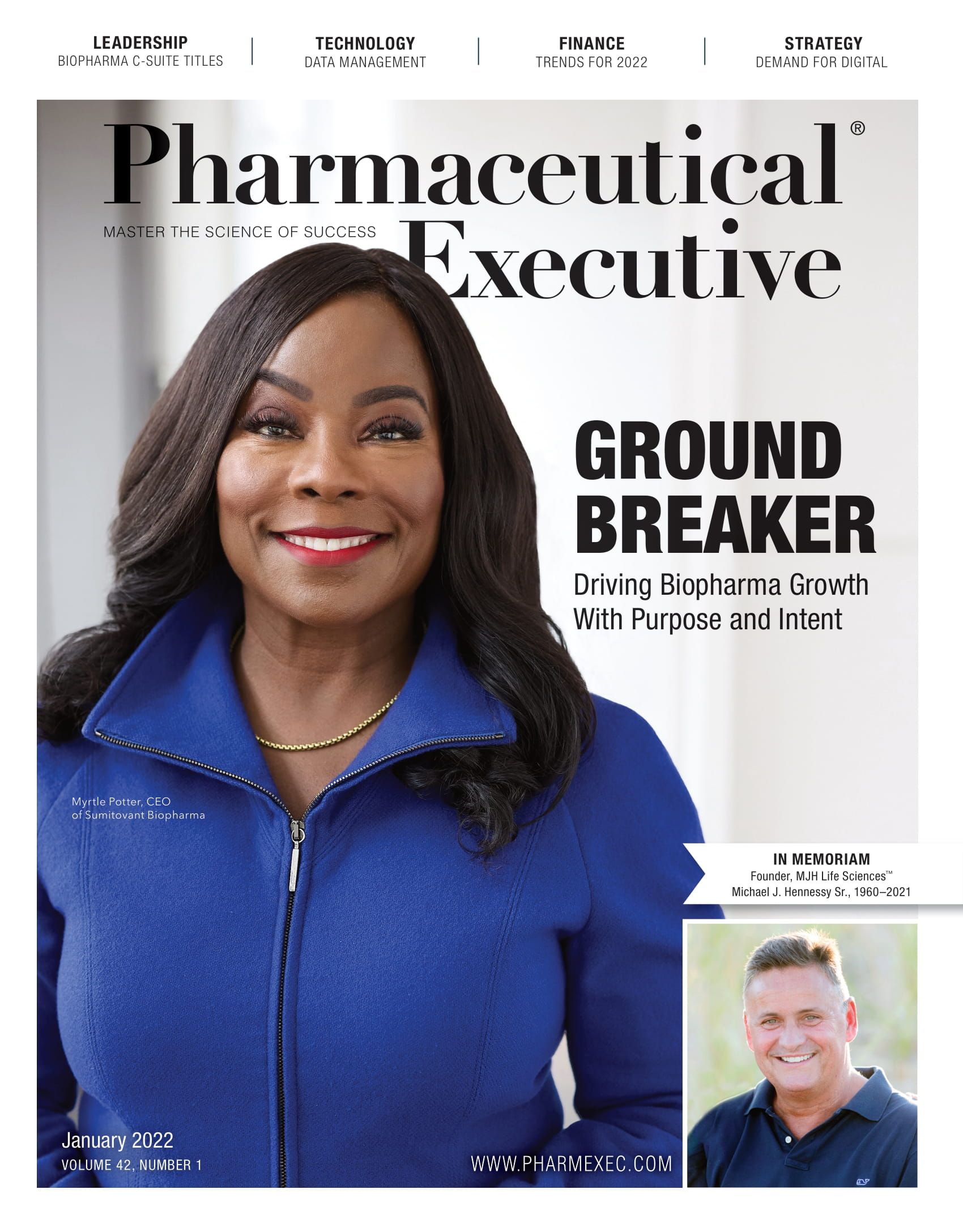Meeting the Patient—Virtually
Standard for reaching patients shifts with influx of new technology in post-COVID world.
Since the start of the COVID-19 pandemic roughly 21 months ago, the term “digitalization” has become a common part of society’s vocabulary. Many industries were forced to comply with new restrictions during lockdowns to ensure public safety. The pharma industry was no exception. Seemingly in the blink of an eye, patients could no longer physically see their doctors, they couldn’t visit their local pharmacy to pick up necessary prescriptions, and they were left at home with important questions about their well-being. The solution? To simply bring the information to the patient.
Perhaps it was not so simple at the time, but now, as industry segues into 2022, digitalization in patient services is at a new high. In a 2020 survey by BCG and AstraZeneca, over 3,200 patients and healthcare professionals (HCPs) were asked what is most important to patients. The fourth highest response, at 66%, was “empowering patients via info/services.”1 With this most recent push in digital patient services, pharma is accomplishing just that.

“We are working to e-enable the entire notion of speed to therapy,” Nicole Hebbert, senior vice president and head of patient services for UBC and Pharm Exec Editorial Advisory Board member says. “How can we best meet patients where they are? Our patients are presenting themselves as more tech savvy and more tech enabled. And with that, we must meet them with/in the devices that they want to use.”

Behind this upward trend in patient services is the utilization of digital assistants. While there are other forms of engagement such as downloadable apps, they are not being utilized as much as digital assistants. Ronald Lacy, vice president of product and innovation for UBC, recalls an experience from his own life where a digital assistant guided him through the entire scheduling process for his COVID vaccination by not only collecting basic demographic information, but also collecting insurance details as well as scheduling his appointment. “As consumers have gotten more and more comfortable with the notion of guided digital conversations in their life, wherever it is—financial, ordering consumer goods, or going into emergency rooms—it’s a natural extension that now starts to happen in patient support services,” says Lacy.
In addition to digital assistants and apps, there is a variety of other channels emerging for patient engagement. Lacy says he is seeing a shift toward guided services. These services can be broken down into messages with a virtual assistant or more of a news feed where companies are funneling information to the patient at the right time based on the individualized journey of the patient. He adds that ultimately it is still about world-class customer service and offering the patient an option to obtain information when and where he or she needs it, including the ability to talk to a live person over the phone. “It’s [about] meeting the patient where they want to be met and having those kinds of flexibilities,” he says.
With a variety of different patient engagement models out there, it begs questions such as which solution works best? Are there too many options? Hebbert says it depends on where the patient is in his or her treatment journey. “Are we trying to overcome a specific patient objection? Are we trying to overcome cost? Are we trying to overcome fear of treatment initiation? Are we trying to overcome treatment fatigue, or drive persistency and compliance?” she explains. “The real driver of new technology is quite honestly, the fact that there is still a broad range of patient challenges to overcome.”
In terms of there being too many solutions, Hebbert and Lacy both agree that it isn’t an issue. Hebbert tells Pharm Exec, “UBC has continued to engage many of the new technology solutions to align them to products and patients and brands. As leaders in the industry, it is our responsibility to make sense of technology for our patients and for our partners.”
While there are many effective patient engagement platforms emerging, there are challenges that the industry needs to address. Hebbert says it is about control, safety, and privacy. Since healthcare is such a heavily regulated industry, tech companies entering the space need to understand the responsibilities they are taking on with patients. Hebbert also suggests that there needs to be trust and guidance across the board with these tech companies since so many are still in the pilot phase of creating an engagement service.
Looking at one these services in particular, UBC’s Pathways® Engage utilizes the digital assistant, guided conversation functionality mentioned earlier. The patient engagement platform features a real-time, digital concierge named Linda who communicates important healthcare information to patients via their mobile device. The goal of the real-time conversations is to achieve meaningful and lasting relationships with patients. “It’s a very flexible-type approach that we have,” Lacy says of the platform. The concept was initiated in summer 2019 and was launched in April 2020, just weeks following the start of the COVID pandemic. Going back to the present, it has nearly 18,000 mobile conversations since launch.
As the calendar now shifts to 2022, there will be even more digital integration forthcoming. As patients and prescribers continue to face more administrative hurdles as well as higher copays for the therapies they chose, Lacy sees an opportunity to give patients and prescribers more access to the information they need. “The ability for patients to truly own their healthcare data will be transformed in the coming years. New policies for data blocking and standards such as HL7 FHIR will enable patients to be more in control of their healthcare data and allow them to share that information with those they wish to share it with. This is an exciting time to help shape the future of patient engagement.”
Hebbert concludes, “We’re really excited about 2022 because although we operate in an ever-changing landscape, what we see in the future is an even more informed and empowered patient.”
Andy Studna is an Assistant Editor for Pharm Exec. He can be reached at astudna@mjhlifesciences.com.
Reference

Addressing Disparities in Psoriasis Trials: Takeda's Strategies for Inclusivity in Clinical Research
April 14th 2025LaShell Robinson, Head of Global Feasibility and Trial Equity at Takeda, speaks about the company's strategies to engage patients in underrepresented populations in its phase III psoriasis trials.